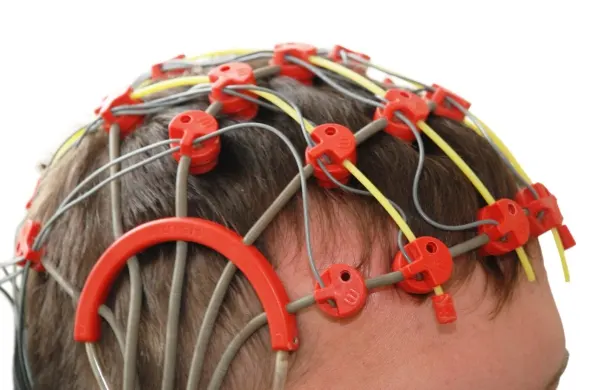Epilepsy is one of the most common neurological conditions in the world, affecting millions of people, yet it remains widely misunderstood. For those living with epilepsy, the challenge isn’t just managing seizures; it’s also navigating stigma, myths, and uncertainty. But here’s what truly matters: with the right information, treatment, and support, people with epilepsy can lead full, active, and meaningful lives.
In this article, we’ll walk through Epilepsy Explained, what seizures are, how they’re treated, and how individuals and their loved ones can build a supportive and informed life together.
What Is Epilepsy?
Epilepsy Explained simply: it’s a neurological condition where the brain’s electrical activity becomes temporarily disrupted, leading to recurrent seizures. These seizures can look very different from person to person, from brief staring spells or subtle muscle twitches to more noticeable convulsions.
It’s important to know that epilepsy is a medical condition, not a mental illness, a curse, or a sign of low intelligence. It’s a disorder of brain function, much like how asthma is a disorder of the airways.
Clearing Up Common Myths
Misinformation fuels stigma. Let’s set the record straight:
- Myth: Epilepsy is a mental illness.
Fact: It’s a neurological condition rooted in brain activity, not a psychological disorder. - Myth: All seizures look the same.
Fact: Seizures vary widely. Some involve loss of awareness; others don’t. Some cause convulsions; others may look like daydreaming. - Myth: People with epilepsy can’t work, drive, or live independently.
Fact: Many people with well managed epilepsy lead fully independent lives, driving, working, traveling, and raising families.
How Epilepsy Is Diagnosed and Treated
If you or someone you love is experiencing possible seizures, the first step is speaking with a neurologist. Diagnosis may involve:
- A detailed medical history
- An EEG (electroencephalogram) to measure brain waves
- Imaging tests like an MRI
Treatment is highly personalized and may include:
- Medication: Anti-seizure drugs are often the first line of defense and work well for many people.
- Dietary Therapy: Some individuals benefit from specialized diets, like the ketogenic diet, under medical supervision.
- Surgery: In cases where seizures start in one identifiable part of the brain, surgery may be an option.
- Devices: Vagus nerve stimulation (VNS) or responsive neurostimulation (RNS) can help reduce seizure frequency for some.
Daily Life with Epilepsy: Practical Tips
Living well with epilepsy is about more than medication. Small, intentional habits can make a big difference:
- Track Your Seizures: Keep a diary to note triggers, timing, and symptoms. This can help you and your doctor identify patterns.
- Prioritize Sleep: Fatigue is a common seizure trigger. Aim for consistent, restful sleep.
- Manage Stress: Practice mindfulness, gentle exercise, or hobbies that help you unwind.
- Avoid Triggers: For some, flashing lights, missed meals, or certain medications can provoke seizures. Know your triggers and plan around them.
How to Support Someone with Epilepsy
If someone you know has epilepsy, your understanding and support matter more than you may realize. Here’s how you can help:
- Learn Seizure First Aid: Know how to respond during a seizure. Keep the person safe, stay calm, time the seizure, and don’t put anything in their mouth.
- Listen Without Judgment: Sometimes, the best support is just being there to listen.
- Challenge Stigma: Gently correct myths and misconceptions when you hear them.
- Encourage Independence: Support your loved one’s goals and decisions, whether that’s driving, working, or traveling.
You Are Not Defined by Epilepsy
A diagnosis of epilepsy can feel overwhelming, but it doesn’t have to limit your dreams or identity. With today’s treatments and a strong support network, many people with epilepsy pursue careers, relationships, hobbies, and adventures on their own terms.
Remember:
- You are not alone.
- Your journey is unique.
- Your life can be rich, meaningful, and full of possibility.
In Summary: Knowledge Reduces Fear
Epilepsy Explained isn’t about focusing on limitations, it’s about replacing fear with facts, isolation with inclusion, and uncertainty with empowerment. Whether you live with epilepsy or love someone who does, education and compassion are the first steps toward a better life.
Let’s continue learning, supporting, and advocating, together.
If you suspect you or a loved one may have epilepsy, please consult a healthcare provider for evaluation and guidance. This information is not a substitute for professional medical advice
